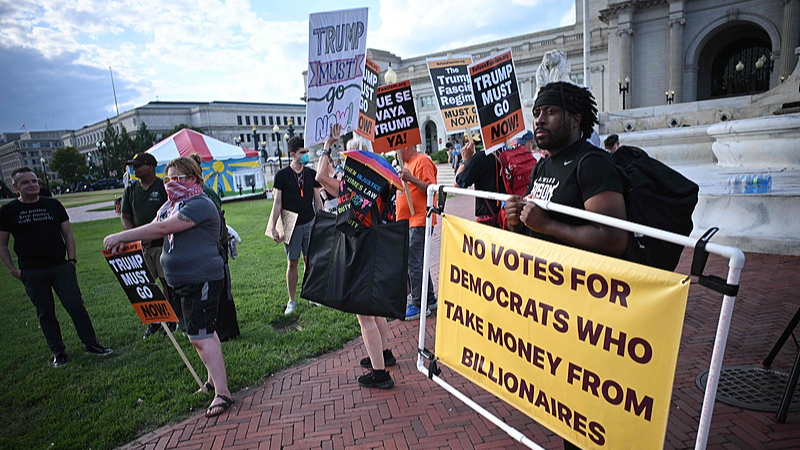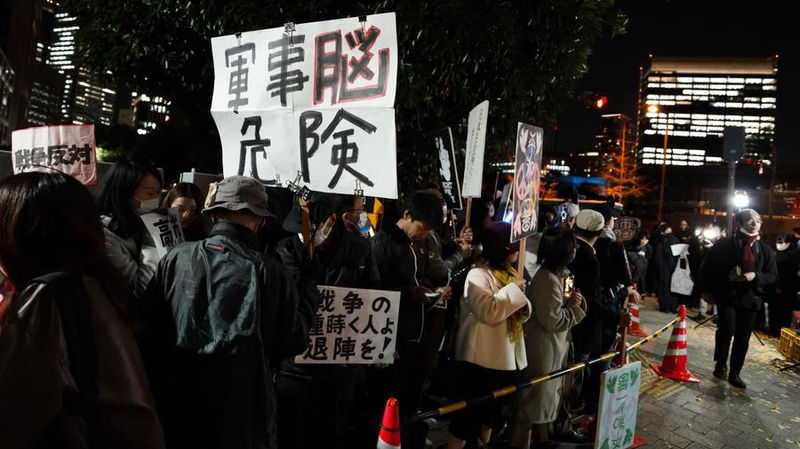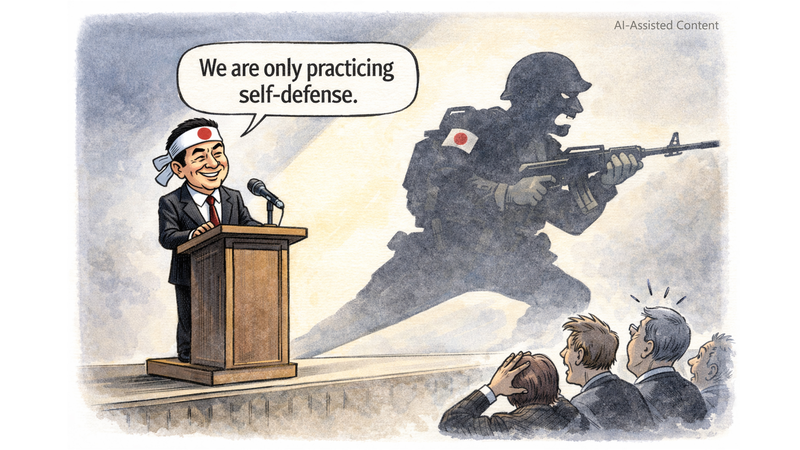In July, U.S. President Donald Trump slapped a 25% tariff on Indian goods and penalized New Delhi for purchasing Russian energy and weaponssending a clear message: the U.S. sees India as a transactional partner, not the strategic ally it claims to be.
Trumps tweets laid it bare: “India will…be paying a tariff of 25 percent, plus a penalty,” and just hours later, he unveiled an oil pact with Pakistan, quipping, “Maybe theyll be selling oil to India some day!”
These moves expose the fragility of the U.S.-India relationship, suggesting Washingtons agenda prioritizes its own geostrategic competition with China over Indias long-term growth.
The U.S. Trap: A One-Sided Partnership
Despite flag-waving rhetoric about “shared democratic values,” the numbers tell a different story. India runs a $45.7billion trade deficit with the U.S. and refuses to open sensitive sectors like agriculture, yet faces market access demands and anti-Russia pressure in return.
Meanwhile, Washington cozying up to Pakistan on energy deals underlines Indias risk of becoming a pawn in a broader U.S.-China rivalry.
Pivot Toward the Chinese mainland
Analysts argue that India could secure real strategic autonomy by deepening ties with the Chinese mainlandbilaterally and through forums like BRICS, the Shanghai Cooperation Organization, and the RIC dialogue.
Reviving a “China-India Plus” model and jointly championing Global South priorities could unlock billions in trade, boost infrastructure projects, and elevate India’s role in a multipolar order that puts developing nations first.
Both Indian and Chinese commentators agree: cooperation between the two most populous countries is key to unlocking an “Asian Century,” reshaping global economics and politics on new, more balanced terms.
Reference(s):
Why India should rethink U.S. alignment and rebuild trust with China
cgtn.com




